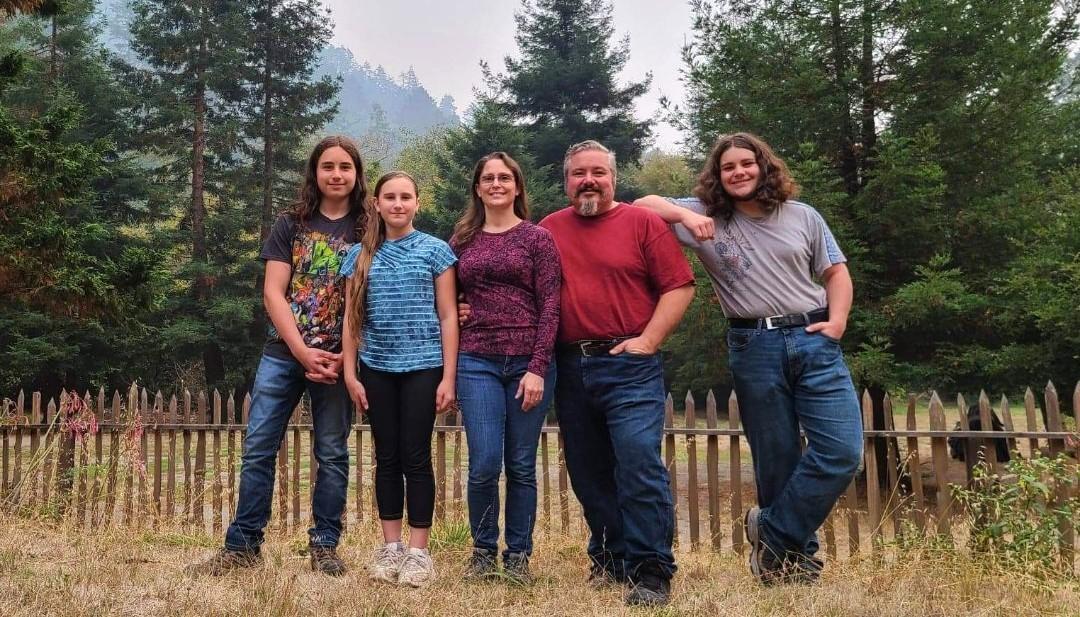A family in Pescadero, a small town near California’s coast, defended their home from fire for roughly a week and a half before evacuating due to falling trees.
The CZU Lightning Complex wildfire started mid-August when lightning storms hit California. Fire spread to Pescadero and became visible from Shawnie Coffey’s backyard.





